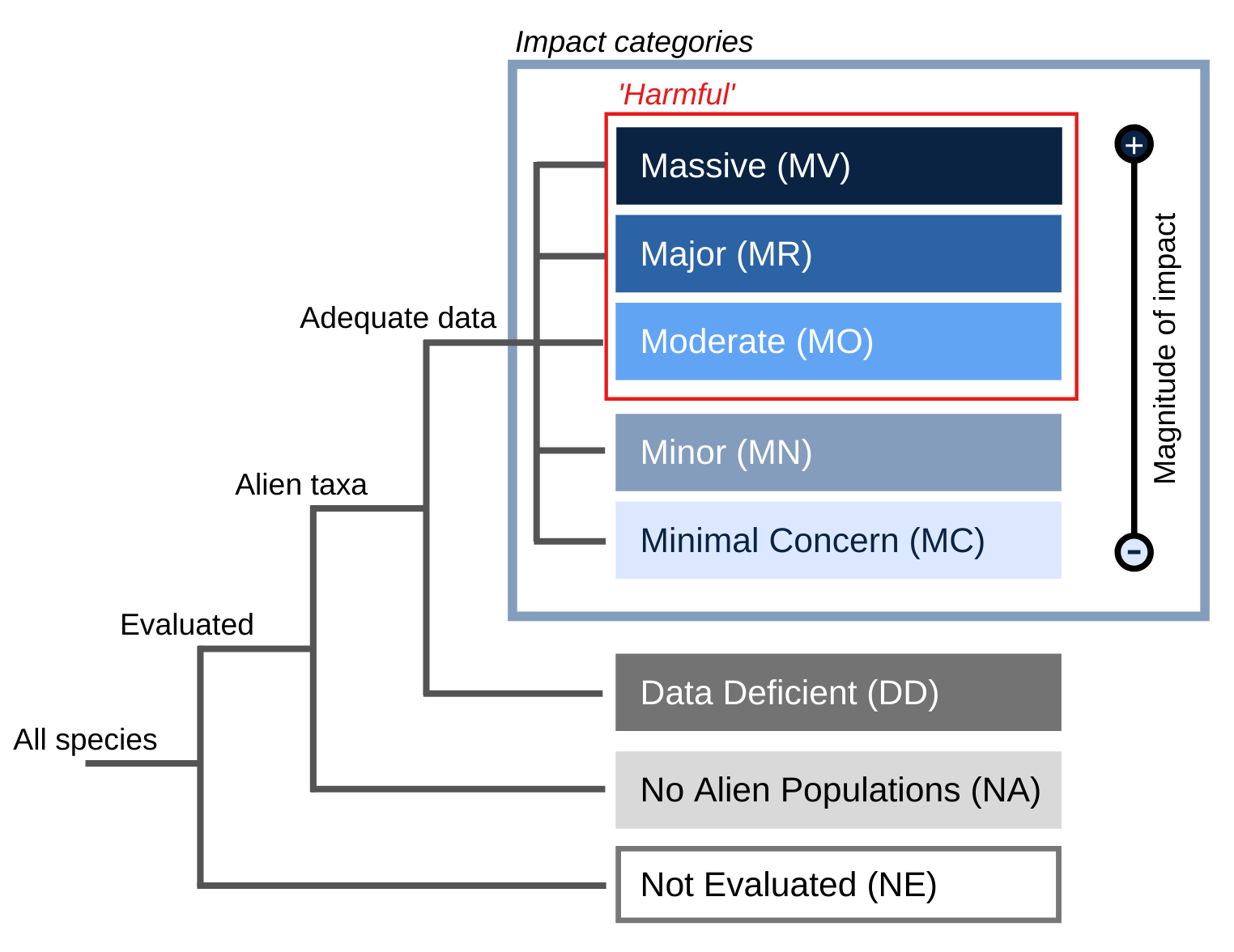- General
- Distribution
- Impact
- Management
- Bibliography
- Contact
Chromis andreae , (Gunther, 1864)
Chromis coeruleomaculatus , (Rochebrune, 1880)
Chromis faidherbii , (Rochebrune, 1880)
Chromis melanopleura , (Dumeril, 1861)
Chromis menzalensis , (Mitchell, 1895)
Chromis tristrami , (Gunther, 1860)
Chromis zillii , (Gervais, 1848)
Coptodon zillii , (Gervais, 1848)
Coptodus zillii , (Gervais, 1848)
Glyphisidon zillii , (Gervais, 1848)
Haligenes tristrami , (Gunther, 1860)
Sarotherodon zillei , (Gervais, 1848)
Sarotherodon zillii , (Gervais, 1848)
Tilapia faidherbi , (Rochebrune, 1880)
Tilapia melanopleura , (Dumeril, 1861)
Tilapia menzalensis , (Mitchell, 1895)
Tilapia multiradiata , (Holly, 1928)
Tilapia shariensis , (Fowler, 1949)
Tilapia sparrmani multiradiata , (Holly, 1928)
Tilapia tristrami , (Gunther, 1860)
Principal source:
Australian Centre for Tropical Freshwater Research (ACTFR)., 2007a. Pest fish profiles - Tilapia mariae.
Gulf States Marine Fisheries Commission (GSMFC)., 2005. Tilapia mariae (Boulenger, 1899).
Cribb, H. 2006. Fishnote: Tilapia. All species of the genera Oreochromis and Tilapia. Department of Primary Industry, Fisheries and Mines (DPIFM), Northern Territory Government.
FishBase., 2008. Tilapia mariae Spotted tilapia: Summary
Fuller, P.L., Nico, L.G. & Williams, J.D. 1999. Nonindigenous fishes introduced into inland waters of the United States. American Fisheries Society, Special Publication 27. 613p.
Compiler: National Biological Information Infrastructure (NBII) & IUCN/SSC Invasive Species Specialist Group (ISSG)
Review: Pam Fuller USGS/BRD, Nonindigenous Aquatic Species Program. Florida Integrated Science Center. USA
Publication date: 2008-04-22
Recommended citation: Global Invasive Species Database (2024) Species profile: Tilapia zillii. Downloaded from http://www.iucngisd.org/gisd/species.php?sc=1364 on 27-07-2024.
Copp et al, (2005) Risk identification and assessment of non-native freshwater fishes presents a conceptual risk assessment approach for freshwater fish species that addresses the first two elements (hazard identification, hazard assessment) of the UK environmental risk strategy. The paper presents a few worked examples of assessments on species to facilitate discussion. The electronic Decision-support tools- Invasive-species identification tool kits that includes a freshwater and marine fish invasives scoring kit are made available on the Cefas (Centre for Environment, Fisheries & Aquaculture Science) page for free download (subject to Crown Copyright (2007-2008)).
Chemical: In 1975, the Florida Freshwater and Game Commission used Rotenone to eradicate Tilapia zillii from a small borrow pit, about 0.2 hectares in size (Taylor, 1986).
Biological: The following species are known predators of Tilapia zillii: Micropterus salmoides in Kenya, Barbus canis in Israel, Gymnarchus niloticus (no location noted), and Lates niloticus as well as Mormyrops anguilloides in Nigeria (FishBase, 2008). T. zillii is not a mouth brooder and therefore can possibly be suppressed through competitive exclusion by mouth brooding species of fish (University of California Riverside, 2008).







